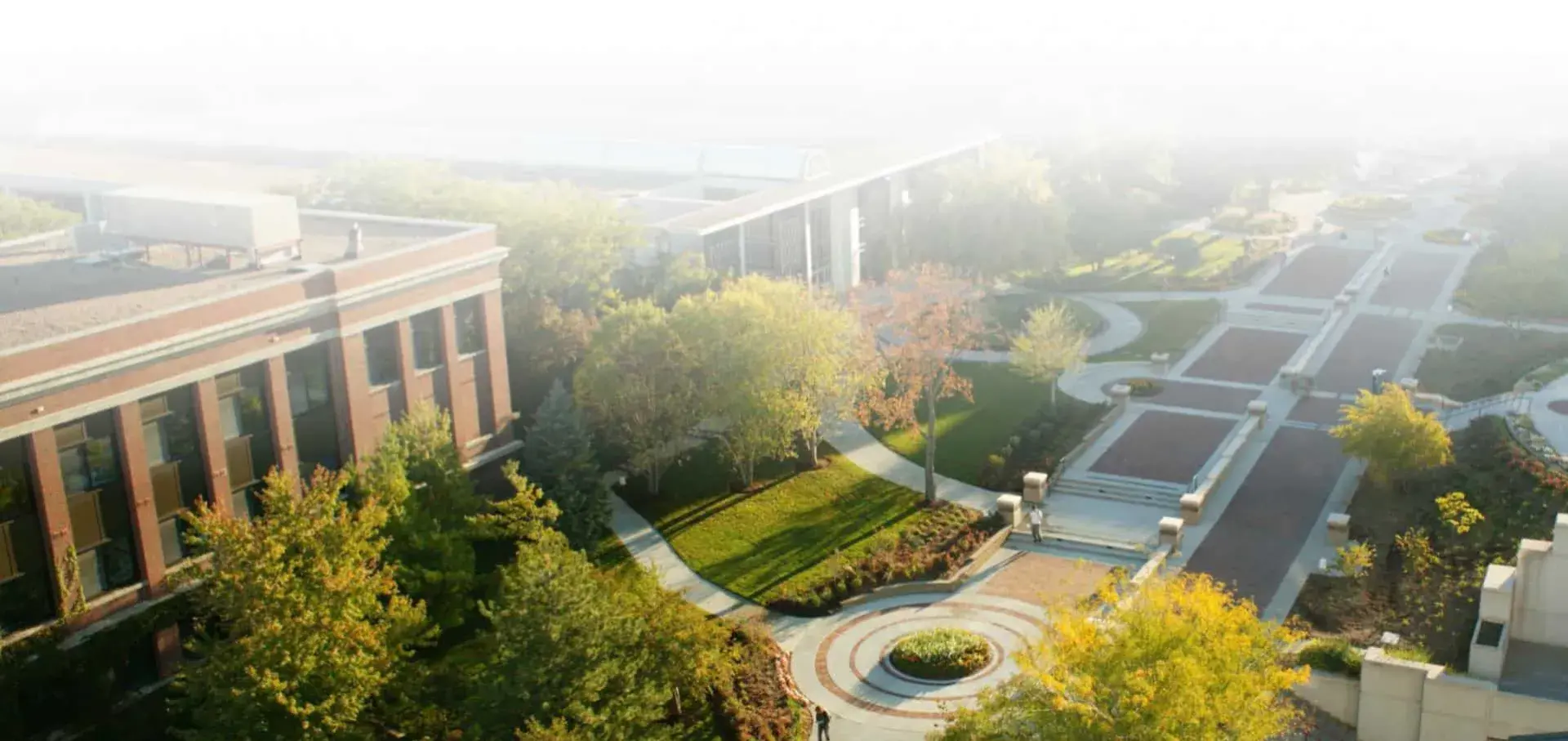
Spotlight: Simon Appleford, PhD
Simon Appleford, PhD
“I always want to make myself available to students. They should see me not as someone who is trying to enforce rules or trip them up but as someone who is an ally in helping them reach their potential.”
When new students walk in to a class taught by Simon Appleford, PhD, assistant professor of history, they quickly realize they aren’t in for a semester of memorizing dates. Appleford teaches courses such as “History of Protest,” “Introduction to Digital Humanities” and “Digital Cultures.”
“There are few right answers in history, which can be surprising to freshmen,” Appleford says. “I encourage students to look at the evidence and come to their own conclusions – this is one of the most important skills students can have, and it can be extended to almost any line of work.”
What is Digital Humanities?
 Appleford helped champion the new minor in digital humanities at Creighton. This program gives students majoring in traditional humanities fields – such as theology, English and history – a chance to learn how to use and apply technology in that context. Likewise, it offers an opportunity for students studying computer science to bring elements of the humanities such as critical thinking and ethical decision-making into their discipline.
Appleford helped champion the new minor in digital humanities at Creighton. This program gives students majoring in traditional humanities fields – such as theology, English and history – a chance to learn how to use and apply technology in that context. Likewise, it offers an opportunity for students studying computer science to bring elements of the humanities such as critical thinking and ethical decision-making into their discipline.
This cross-disciplinary approach “falls under the idea of educating the whole person,” Appleford says. Focusing on a well-rounded experience is not new for liberal arts education, but digital humanities takes it to the next logical step. Creighton’s digital humanities program is one of only a handful across the country designed for undergraduate students. Internship and job opportunities students have opened up, Appleford says, because their technology skills add value.
In addition to teaching practical skills, technology provides ways for students to draw their own conclusions and explore their passions. For the final project in “Introduction to Digital Humanities,” students can “pitch” almost any idea.
One student, Appleford recalls, was intimidated and had no idea what to focus on for the project, until he simply asked the student about his interests. The student ended up doing a project on the history of his favorite soccer club. “Giving students space to experiment is important. It’s more about having them find something they are interested in than asking them a series of prescribed questions.”
Discovery through Research
Some students continue to pursue their passions at the intersection of humanities and technology outside of class. Appleford mentors a number of students on research projects – one of his favorite parts of his work. The student researchers always “make unexpected connections – I love being able to learn from them.” One student, Alisha Baginski, pursued her passion all the way to study abroad in Edinburgh, Scotland, where she explored Isabella Bird, a larger-than-life 19th-century figure, at the National Library of Scotland.
Students like Baginski ignite a passion when they find historical figures with whom they identify. As they explore these personalities, they discover that history contains multiple narratives, not a single storyline. Baginski’s subject, for example, was an influential woman who bucked all the trends of gender roles in her time.
Research provides ways for students to “do what they love while learning new skills and trying new and different ways of thinking. They learn independence.” This again brings to mind the idea of educating the whole person. Students gather knowledge and gain skills that extend beyond anything specific to their field of study, while enhancing their ability to synthesize that knowledge.
An Ally for Helping Students Reach their Potential
Though student researchers enjoy some independence, Appleford is there to provide guidance or act as a sounding board. “I always want to make myself available to students. They should see me not as someone who is trying to enforce rules or trip them up but as someone who is an ally in helping them reach their potential.”
He credits his PhD advisor, Vernon Burton, with inspiring this level of commitment to his students. “His generosity is the model for how I work with students today.” In fact, when Appleford was still considering graduate study and working at Kinko’s, he stumbled across his future advisor’s name on a website. His work looked interesting, and Appleford sent him an email during a lunch break. Before the break was over, Burton had replied, inviting Appleford to dinner at his home the following evening. “He cares passionately about his students and it is that attitude that I want to carry forward.”
Reflecting and Shaping History
Appleford’s own research focuses on examining the limits of liberalism during the Cold War era through the work of a political cartoonist, Herblock. Herblock drew for the Washington Post and had cartoons syndicated across the country. He is credited with coining the term “McCarthyism” to describe the largely unfounded anti-communist paranoia of the time. Many of the cartoonist’s works are still relevant. Furthermore, Appleford observes, Herblock “didn’t just reflect Cold War liberalism, he helped to shape it, including how we understand the events of that time.”
Herblock’s continued influence points to a larger truth about the relationship – or perhaps the continuum – between history and the present. Students in Appleford’s digital cultures class, for example, learn and discuss how “cultural decisions about technology continue to impact the way we use technology today.” With this in mind, the importance of a technically skilled workforce educated in the values of the humanities comes into focus. Thinking critically helps students take a long view of what they create and the impact it could have – helping to shape a future with more humane technology.




